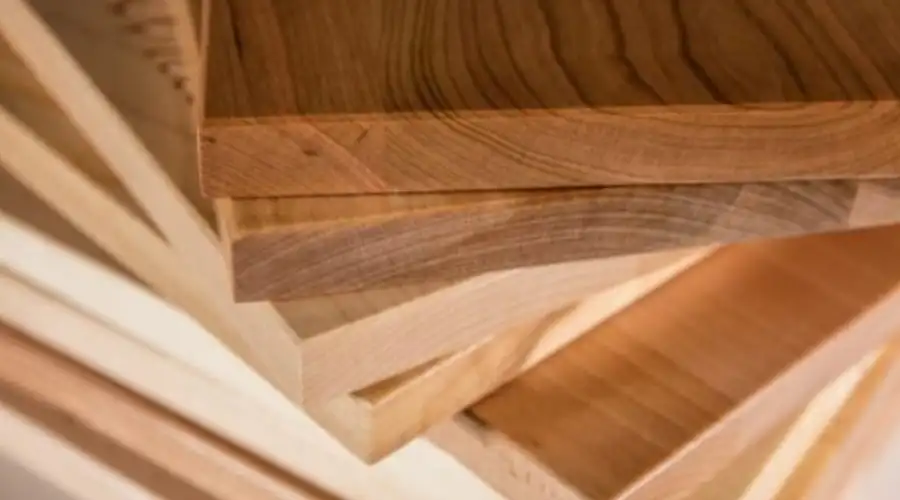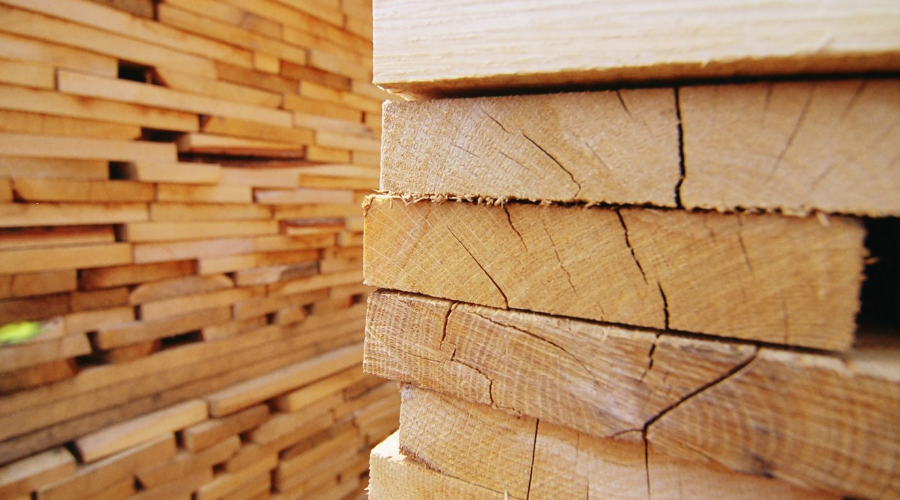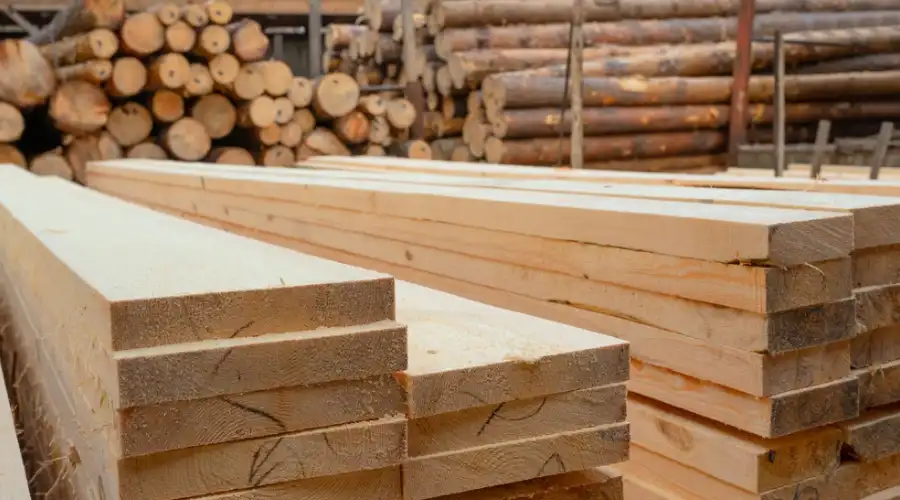When we thought to elevate the structure’s elegance, wood is a prior choice for many. It suits different construction projects and can be customized according to specific needs. If you are obsessed with its impactful characteristics, stay engaged to learn more about it.
Being aware of its significant types of wood, hardwood and softwood, will give you effective construction results. In this article, we’ll explain the differences between hardwood and softwood to understand which is best for your structure and construction needs.
What is Hardwood

Hardwood is a versatile material extracted from angiosperm trees, flowering plants with broad leaves and enclosed seeds. Found in both temperate and tropical forests, hardwood species such as oak, teak, maple, and mahogany are prized for their strength, density, and durability.
Hardwoods are used in a wide range of applications, including musical instruments, veneers and furniture, construction, flooring, and boatbuilding. They are typically denser and have a more complex cellular structure than softwoods, which contributes to their strength and long-lasting performance. Depending on the species, hardwood trees may take several decades to mature, making them a valuable and carefully managed resource.
What is Softwood

Softwoods are gymnosperm trees, having cones and needle-like leaves that shed annually.Softwoods generally grow faster than hardwoods and can often be harvested within 25 to 40 years, making them more sustainable and cost-effective. Common examples include pine, cedar, spruce, fir, redwood, and larch. This wood type is sourced from all over the world, recognized for its excellent versatility and strength. Compared to hardwood, it is less dense, more flexible, and lighter in weight. Because of their quicker development pace, they are available at lower cost levels. They are commonly used in both internal and external applications, specifically for generating sheet goods like fiberboard and plywood.
Major Differences Between Hardwood and Softwood
Learning its significant differences allows you to make informed decisions when you choose one of them for your construction. Some of the aspects are explained in the following. You can go through them to have a clear view:
| Parameters | Hardwood | Softwood |
| Strength | Hardwoods are hard-wearing and strong, making them suitable for load-bearing structures and high-traffic areas | Typically less strong and dense, but some species (like Douglas fir) offer good strength-to-weight ratios, making them suitable for structural framing. |
| Cell Structure | Comes from angiosperms (flowering trees like oak, teak, maple). Characterized by pores or vessels in the cell structure that assist in water transport. | Softwoods are gymnosperms, containing a simple cell structure. It has two significant duties of water conduction and structural support. |
| Durability | Hardwood is denser and has a complex structure, providing excellent resistance to denting, wear and tear. It generally offers longer-lasting performance than softwoods. | Softwoods are less durable when compared to hardwoods. It has a naturally resistant property against insects and decay, and still, it is susceptible to dents and scratches. |
| Applications | Its complex structure and longevity are a prior choice to be used in a broad range of applications, including flooring, cabinetry, veneers, decking, etc. | Softwoods are primarily used in the construction industry and also to make doors, windows, furniture and paper. |
| Color | The colours of individual trees can significantly vary, ranging from dark brown in mahogany and walnut to light brown in oak. | Softwoods are generally lighter in shade, like reddish brown in fir and cedar and pale yellow in pine. Such kinds of colours are well-suited for home improvements to make it significantly richer. |
| Cost | Hardwoods have certain significant characteristics like a slower growth cycle of around 150 years, which is typically expensive than softwood. | It is available at an affordable cost and has a faster harvesting period of around 25 to 40 years. It is readily available for your needs anytime and is less expensive than hardwood. |
| Workability | Due to its excessive density and hardness, hardwood requires power tools and equipment to achieve the desired sharpness, detailing and finishing of the results. | Softwoods are less dense, making them easy to work with. It can be handled with both hand and power tools to cut, drill and shape the edge. |
| Water Absorption | Hardwood is characterised by being less porous, which results in a lower rate of water absorption. The presence of tyloses makes the wood more resistant to rot. | The cellular structure of softwood is not as efficient as hardwood, which allows for rapid water absorption. Within a short time, the wood is highly susceptible to decay and rot. |
How to Choose Between Hardwood and Softwood

Choosing between hardwood and softwood is quite challenging, yet with the following parameters, you can make informed decisions. Let’s have a look at them:
Project Requirement: When you are planning to build a structure, consider the project application and durability. Choose hardwood to make the construction more impactful and long-lasting, which is best suited for high-traffic flooring, cutting boards, decks, etc. If a structure is temporary and decorative, like picture frames, bookshelves, or garden beds, consider using softwood.
Budget: Hardwood is a limited and expensive resource. If your budget range is high, you can choose these popular and slower-growing trees like walnut or teak. In contrast, softwood is an economical option suitable for large-scale construction.
Aesthetic Appeal: If you would like to have a natural appearance around your environment, hardwood is the masterpiece. It is available in a rich range of dark colours that make the area visually stunning. Softwoods are lighter in shade, best for structures where the casual feel is significant.
Location: Hardwood is a premium choice widely used in both indoor and outdoor projects. Softwood is another common wood type, often used in outdoor applications.
Ultimately, the decision depends on the specific project needs. If long-term durability and resistance to wear are priorities, hardwood is ideal; for more cost-effective and versatile uses, softwood offers a practical alternative.
Summary
By walking through this article, you can understand the significant differences between hardwood and softwood. In general, hardwoods are strong and durable, ideal for use in a range of premium-quality projects. Softwoods are less durable than hardwoods, but still offer an excellent appearance to the overall space. You can consider your actual project needs and go with an appropriate choice.

